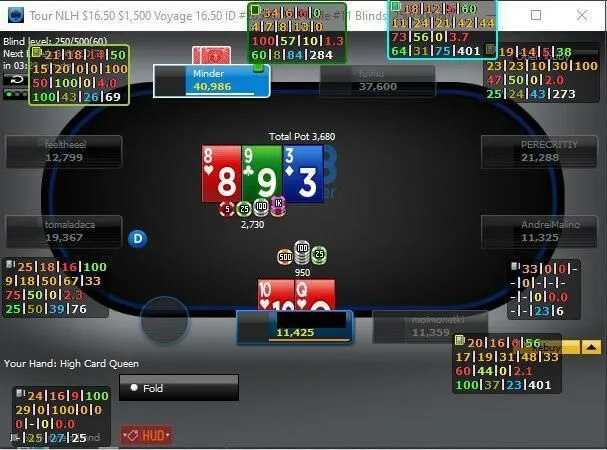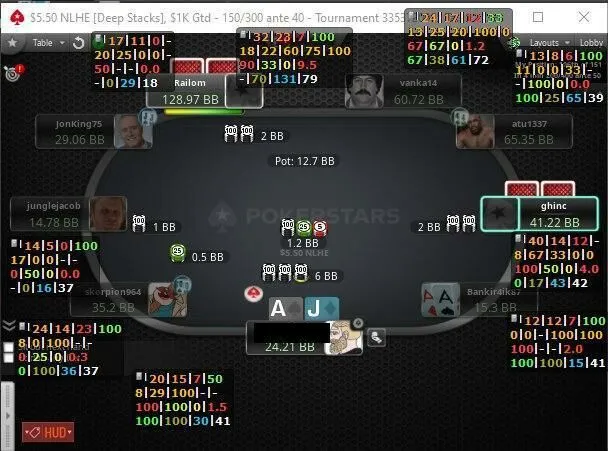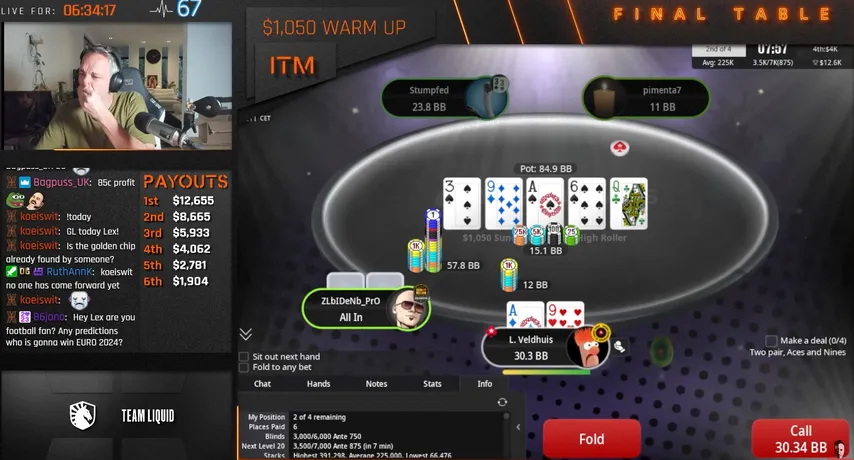The article will focus on bet sizing in poker, an area of the game that many players still haven’t studied. This is the poker term for the size of bets that players make preflop and postflop.
When we first start playing poker, bet sizes are a bit of a mystery. During these first few experiences, we randomly size our bets, not knowing why. But, once we build more experience, we understand why certain sizes make sense. More importantly, we learn what certain bet sizes achieve for us.

What Is Bet Sizing in Poker?
Bet sizing is an important element of strategy. It can also serve as a marker that indicates the player's skills. If a poker player changes the bet sizing preflop depending on the strength of his hand, you are most likely dealing with a weak amateur.
What is a bet sizing you can always use?
Unfortunately, there is no universal and identical bet sizing on the postflop. Players adjust to a specific situation, which is influenced by:
- The purpose of a bet, for example, to make a profit or to knock an opponent out of the pot
- Effective (smallest) stack size
- Features of the opponent's strategy
- Number of players in the pot
- Tournament stage

How Bet Sizing Changes for Different Types of Poker
There are several types of games according to the maximum bet allowed:
- Pot limit: You can't bet more than what's already in the pot. This style of bet sizing is most commonly used for Omaha, known as PLO.
- Limit: It is forbidden to bet more than the limit. In this format, it is quite difficult to lose many chips in one hand.
- No Limit: The most popular format. If you open the lobby of any poker room, you will notice that most Texas Holdem games are marked NL (No Limit). This is also where most of the action will be.
No-Limit games are the most variable and complex, so we will focus on them further. These days, No-Limit and Pot-Limit are easily the two most popular types, with very little interest in Limit games.
Most poker rooms have high interest in their NL Holdem games, as well as PLO. However, some sites like PokerStars have slightly wider offerings and you can choose from more varieties.
What Does Bet Sizing Depend On?
To make intelligent bets on all streets, you need to understand the meaning of concepts such as pot odds and equity. Another important concept is pot geometry, also known as geometric bet sizing.
The meaning of geometric bet sizes is to get your full stack in by the river, thus maximizing how much money your opponent puts into the pot. Doing this forces opponents to defend with a wider range.
There are different options for action on the preflop and postflop. The bet sizing will depend on which one you choose.
Preflop Bet Sizing
There are four options on the first street of betting:
1. Call the blind from an open position (1 big blind) or from the small blind (half the big blind). This action is called a limp. It is generally not recommended to limp first unless you are in the SB, but calling second, third, or fourth is acceptable. In these cases, you will have good pot odds. Most medium hands will have enough equity to make it worthwhile to enter the pot. Keep in mind that limps are often followed by an iso-raise by one of the opponents in front who wants to drive most of the players out of the hand.
2. Make a raise. Its size depends on the depth of the effective stack. In cash games, they usually raise 3 or 3.5 blinds, since the game is usually played at a depth of 100 BB or more. In tournaments, bet sizing is often reduced as the blinds grow to 2 – 2.2, when the depth drops to 30 BB and below. Isolating raises should always be made large, so as not to give opponents good pot odds to call. Add the size of your standard raise to the money in the pot and you get the bet sizing of the optimal iso-raise.
3. Calling an opponent's raise or 3-bet. This option requires careful hand selection, as you will have to start playing postflop without initiative. This is always more difficult, so the hand must be playable: suited connectors and pocket pairs are good choices. It is also important to calculate the pot odds and compare them to the hand's equity against the expected range.
4. 3-bet or 4-bet (all-in is possible in no-limit games). The optimal bet sizing for these options depends on whether you are in position postflop or out of position, as well as the stack size. In position, you can bet smaller – about 3x the raise size for a 3-bet and 2x the 3-bet size for a 4-bet. Out of position, the 3-bet and 4-bet sizes are 3.5 – 4x and 2.5 – 3x, respectively. The deeper the stacks, the larger the bet sizing can be, but their optimal values will always be around the specified ones.

Postflop Bet Sizing
Pot odds, equity, pot size, and effective stack sizes are still important here, but board structure also comes into play. Here are some general tips for choosing postflop bet sizing:
- If the effective stack is roughly equal to the pot, there is no point in betting a third or half of the pot. It is often better to just go all in.
- The continuation bet (a bet on the flop from a preflop aggressor) should be larger (50-60% of the pot) on boards with an abundance of draws. On dry flops, it should be smaller (20-35% of the pot).
- There is no point in a microscopic continuation bet unless the goal is to provoke the opponent into raising. These tiny bets are treated as a check in today’s games.
- If you include donk betting (betting first before the preflop aggressor's bet) in your strategy, choose large bet sizing, more than 35% of the pot.
- Try not to overbet on early streets. It makes it harder to win with weak hands and easier to lose with strong hands.

We have provided only general advice because there are no universal algorithms. Selecting bet sizing in different situations is an art that professionals learn throughout their careers. You can also improve this skill by watching experienced players at your favorite online poker room.
- Increased first deposit bonus
- Increased rakeback and reloads
- Help with deposits and cashouts
- Access to private freerolls
- Round-the-clock support























